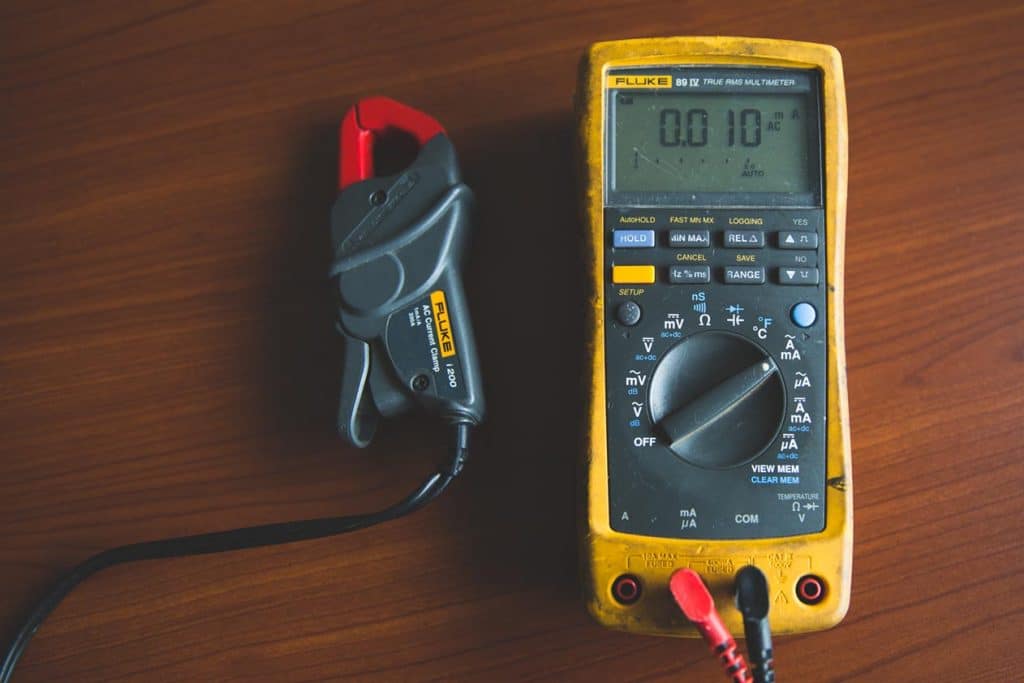The Western Australian government has banned electrical work on energized equipment in their state.
Special exceptions will be allowed in certain cases. The Commerce Minister hopes to have this regulation in effect by early 2016.
Three deaths over the last two years sparked the movement to change current WA electrical work standards.
One occurred in early 2013; eighteen-year-old Jayden Zappelli, a trade assistant, was killed while helping pull energized electrical cable through the ceiling of the house where he and an electrician were installing a ceiling fan. He was pronounced dead after being transported to the hospital.
Both the contractor and electrician pled guilty to the charges brought against them and were fined.
In February of this year, two electricians were burned while working within the transformer area of Morley Galleria shopping centre in Perth, Western Australia. Witnesses heard an explosion and later saw men on fire run out of the building while tearing off their gear. One victim died at the scene. Several people were taken to the hospital with burn injuries, where one of them died later. The cause of the arc flash was due to a short circuit in the equipment. If the equipment had been de-energized prior to maintenance, the lives of these workers would not have been taken. (Read our earlier blog on this accident.)
Greg Zappelli, Jayden’s father, has been active in raising awareness of unsafe work practices and supporting change in the industry.
He supports the government’s decision to ban live electrical work, and plans to continue his push to require all homes to have residual current devices (RCDs) installed. He fears that not all electricians will follow the soon-to-be rule of no live electrical work and stresses that having RCDs installed is the fail-proof solution to preventing any more deaths similar to his son’s.
In Australia, RCDs are whole-house protectors. Most RCDs are 30mA types that trip in a maximum of 40 milliseconds. The RCD trip time is similar to the GFCI trip time in the U.S. For example, a typical GFCI at the 30mA range can trip as quickly as 25 milliseconds; however, keep in mind that at the 5mA range, GFCIs can take several seconds to trip. Just as a reference point, typical levels for heart fibrillation is 75-100 milliamps.

